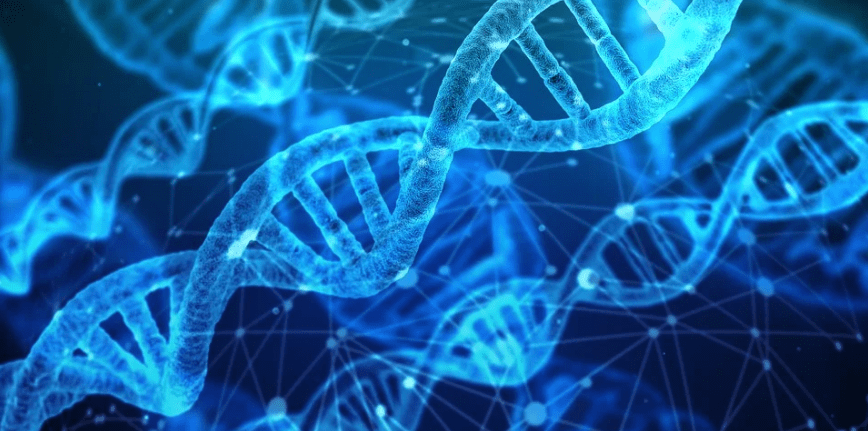DNA Fingerprinting revolutionized the world of science and forensics since its remarkable discovery. Over three decades after its first forensic application, it’s still widely used to pinpoint criminals and free innocents while also transcending into other fields, such as medicine and tracing. A big surprise to many is finding out that its invention was actually a “Eureka” moment of a scientist in 1984. In this article, let’s look into the history of DNA Fingerprinting and the person behind the innovation.
The History of DNA Fingerprinting
British geneticist Alec Jeffreys is credited for the invention of DNA Fingerprinting in 1984. Back in 1977, he joined Leicester University in England and was assigned to a laboratory and accompanied by a part-time technician.
As new technology was then introduced to further explore DNA, he started looking closely at the variations and patterns in human DNA segments to see how genes are passed on family lineages. In the same year, their team discovered the inherited patterns in one of their technician’s DNA. In 1978, they started working on inherited illnesses and mapping DNA after realizing they could detect DNA variations.
In line with his research, Dr. Jeffreys conducted a new experiment in the summer of 1984 after tumbling on the high variability of human “minisatellite.” He extracted DNA from animals, plants, and human cells he broke open and placed them on photographic X-ray films. He added radioactive probes his team developed, which could bind onto those repeating variations, hoping it would reveal valuable information that can further help him and advance his studies in inherited illnesses.
He placed his experiment in a tank and left it over the weekend, from September 8-9, 1984. On the Monday morning of September 10, 1984, Dr. Jeffreys checked his experiment and his initial reaction about the result was that it was a total mess. He continued to scrutinize it longer and came the “Aha!” moment. The results showed DNA band patterns, which appear like supermarket bar codes, and each subject offered a unique, signature DNA fingerprint.
Jeffrey looked at the fingerprint of the tobacco plant, baboon, mouse, and cow included in the experiment – each possessed a different one. Meanwhile, the DNA fingerprints of the human family showed that the father and mother had their unique patterns, the child “inherited” half of the DNA from each parent.
The results can be deemed futile to what Dr. Jeffreys initially wanted to study. In fact, the serendipitous discovery shifted his research career in an entirely different direction. He called his team, and they started delving deeper into the possible application of the new innovation. In the spring of the following year, the group published their first article concerning DNA fingerprinting and how it can be utilized for solving paternity suits, identifying criminals, and addressing immigration disputes.
First Applications of DNA Fingerprinting
DNA Fingerprinting was initially used in solving immigration cases. For the next decade, about 18,000 immigrants who have been declined entry to the United Kingdom underwent DNA profiling. It was a momentous event as about 95% of the results revealed that these immigrants were close relatives of UK citizens and were granted British citizenship.
Two years later after its discovery, DNA Fingerprinting was utilized for a forensic case for the first time. Richard Buckland was accused of raping and strangling two teenage girls to death. Buckland’s DNA was compared to the semen collected from the two victims. The sample didn’t match, and Buckland became the first person to be proven innocent through DNA profiling.
As Dr. Jeffrey’s laboratory was overwhelmed with requests around the world to conduct DNA Fingerprinting, the method was finally commercialized and became available in laboratories almost anywhere.
Yet, not all favored the new technique as many organizations raised concerns that it violates an individual’s privacy. Still, the benefits outweigh the negatives. Today, DNA fingerprinting has been utilized not only in humans but in other living things as well. For instance, anthropologists used it to see how many life forms have evolved across millions of years, allowing us to go further back into history.
Meanwhile, DNA Profiling remains one of the most trusted techniques used in forensics, convicting thousands of criminals and freeing innocent ones across the world. Medicine also benefits from the innovation as it’s continually used for diagnosing inherited diseases and complications while also developing cures. Summing it all up, anyone can infer that DNA Fingerprinting is one of the most significant inventions in history.

